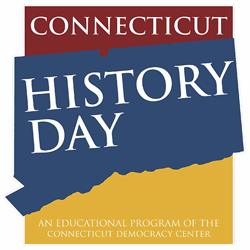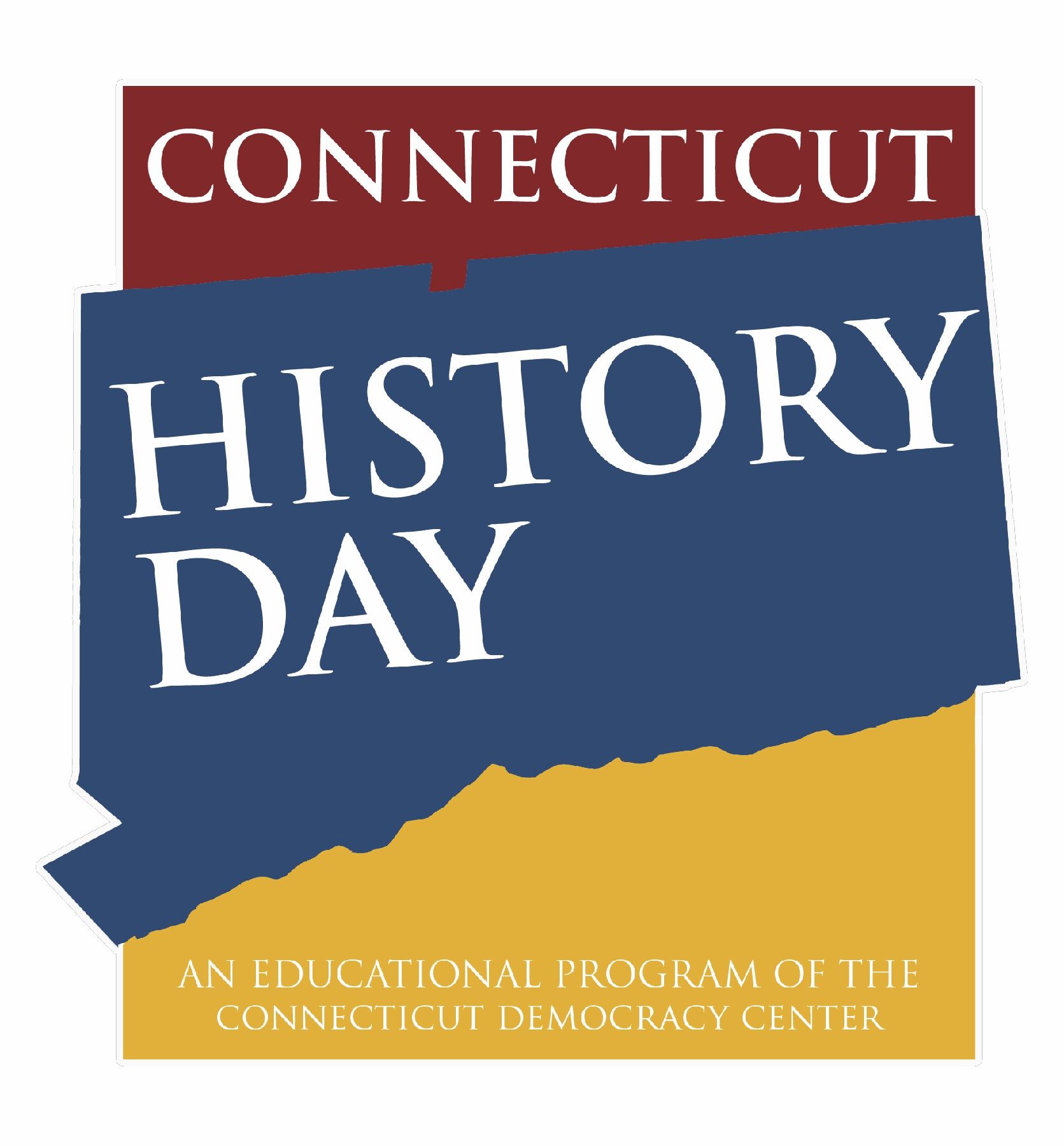FAQ – Students
FAQ - Students
What kind of research do I need to do for my project
Students need to do more than "google" their projects. Your annotated bibliography should have a variety of types of secondary sources (books, articles, websites) and primary sources (letters, diaries, oral interviews, etc.). Remember, good research includes varying points of view about your topic.
Can I choose to research a current event?
History Day projects need to be able to show historical context. There is no hard and fast rule about how old a topic needs to be, but make sure it is old enough that you can show the impact of your topic on today's world.
What kind of help can my teacher or parent give to me?
Your History Day project needs to be the work of you and (if you are in a group) your partners. However, it is completely appropriate for an adult to assist you if you need to use a power towel or other dangerous materials. Talk to the adults about your project. They might have suggestions or ideas to improve your work and help you catch a mistake. Adults can help you carry your exhibit or performance props into the contest location, but you need to set them up.
Can I use another website builder beside NHD WebCentral?
All website students must use NHD WebCentral.
I already submitted my paper/ website, why do I have to attend the contest?
History Day is an academic program. All students are required to attend the contest. While the interview is not factored into students' final evaluations, an interview allows judges to ask clarifying questions if needed and allows students to develop presentation skills.
Are captions under photographs/images included in the student written word limit requirement?
Captions do not count towards the word limit if they are used simply for identification. They do count if they are interpretive. Examples -- Identification: Photo of the collapsed mine. Interpretive: Photo of the collapsed mine that clearly shows the negligence of the mining company. Names, titles, etc. all count toward the word limit. Any student composed words count except for those listed in Rule E2 on page 21 of the Rule Book.
How many Regions does Connecticut have?
Connecticut has five regions: Fairfield, Mansfield, New Haven, Norwich, and Torrington. Regional contests are held on Saturdays throughout March. Specific towns are assigned to one of the Regional Contests. Please check out the Regional Contest page to figure out the contest you attend. Schools are allowedto send up to four projects per category to the Regional Contest.
Why is the contest day so long?
Judging teams have to review between 6-10 projects, meet with students, choose the winners, and complete evaluations for each project. Most categories at the State Contest require a second, finals round. While CTDC staff tries to make the days move along quickly, we also want to ensure that students receive quality judging. Celebrate your achievement at the contest-- take part in the offered activities and view your peers work. It is important to note that students do not need to attend the Award Ceremony to win, so if you need to leave earlier in the day, that is ok.
Is it okay to make changes to my project in-between the Regional and State Contests?
Absolutely! We encourage students to use the constructive feedback that they receive at the Regional Contest to improve their project before the State Contest.
Can I change the category I registered for?
Students may change the category they registered for, as long as it is more than two weeks before the contest.
Why was my project evaluated differently at the Regional and State Contest?
All judges receive the exact same type of training using a judging rubric from the State Coordinator or the History Day Assistant. Keep in mind that your project is being reviewed by an entirely different set of people at each contest. Also, the judging at the State Contest is more critical since judges are reviewing top finishers from the Regional Contest and students have had the opportunity to make improvements to their project.
- Please send your question to the State Coordinator at info@historydayct.org






